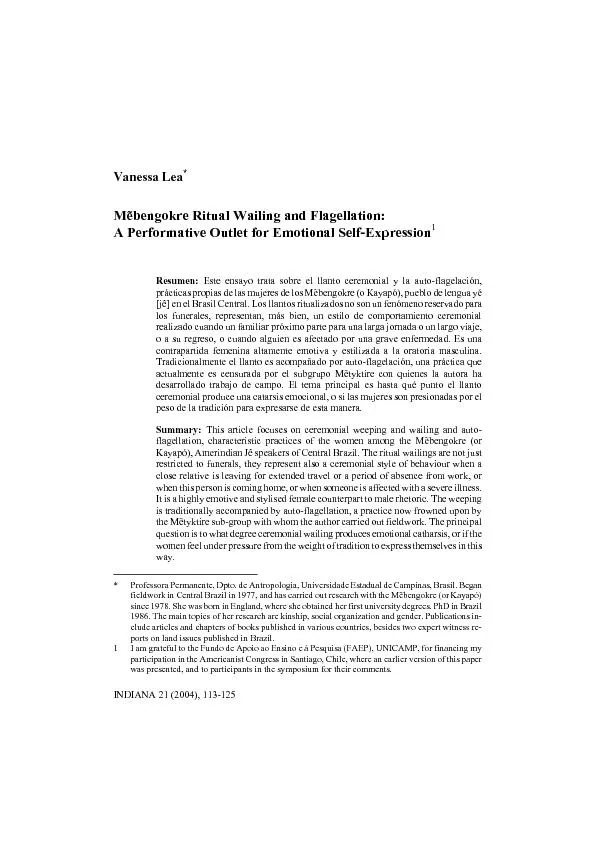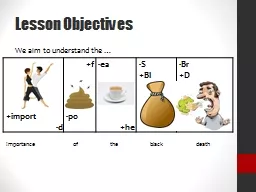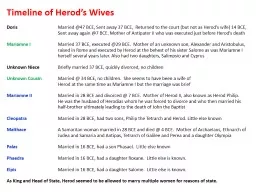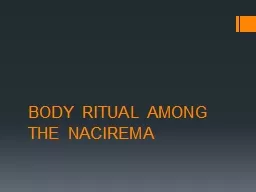PDF-INDIANA 21 (2004), 113-125 bengokre Ritual Wailing and Flagellation:
Author : mitsue-stanley | Published Date : 2016-08-23
Professora Permanente Dpto de Antropologia Universidade Estadual de Campinas Brasil Began fieldwork in Central Brazil in 1977 and has carried out research with
Presentation Embed Code
Download Presentation
Download Presentation The PPT/PDF document "INDIANA 21 (2004), 113-125 bengokre Rit..." is the property of its rightful owner. Permission is granted to download and print the materials on this website for personal, non-commercial use only, and to display it on your personal computer provided you do not modify the materials and that you retain all copyright notices contained in the materials. By downloading content from our website, you accept the terms of this agreement.
INDIANA 21 (2004), 113-125 bengokre Ritual Wailing and Flagellation:: Transcript
Download Rules Of Document
"INDIANA 21 (2004), 113-125 bengokre Ritual Wailing and Flagellation:"The content belongs to its owner. You may download and print it for personal use, without modification, and keep all copyright notices. By downloading, you agree to these terms.
Related Documents














